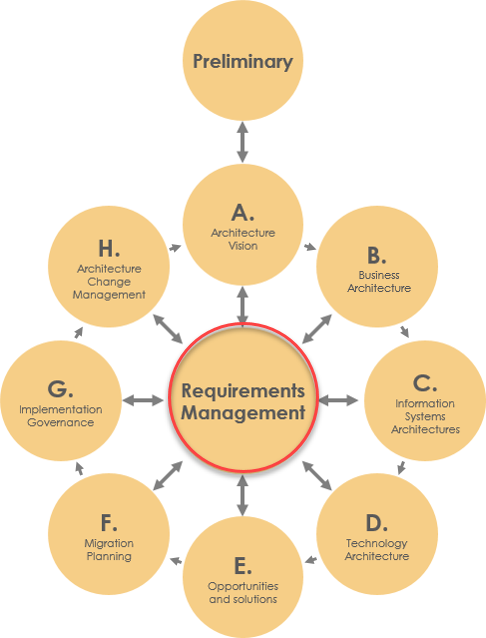Home » Archives for October 2023 » Page 7
TOGAF, or The Open Group Architecture Framework, is a widely adopted framework for enterprise architecture. One of its key components is the Architecture Development Method (ADM), which provides a structured approach to creating and managing enterprise architectures. Governance plays a crucial role in TOGAF, ensuring that architecture development aligns with organizational goals and standards. In this tutorial, we will explore how TOGAF deals with governance and its relationship with the processes in the ADM. 1. Understanding Governance in TOGAF Governance in TOGAF refers to the process of establishing and maintaining control over the…
continue reading →
Introduction In the ever-evolving landscape of enterprise architecture, The Open Group Architecture Framework (TOGAF) offers a structured approach known as the Architecture Development Method (ADM). At the heart of this framework lies a critical element: governance teams. These teams play a pivotal role in ensuring that the architecture development process remains effective and aligned with an organization's overarching goals and standards. In this discussion, we delve into the key responsibilities and contributions of governance teams across each phase of the TOGAF ADM. The Vital Role of Governance Teams in TOGAF The TOGAF (The…
continue reading →
Introduction The Open Group Architecture Framework (TOGAF) is a widely adopted enterprise architecture methodology that provides a structured approach to designing, planning, implementing, and managing an organization's enterprise architecture. TOGAF is based on the Architecture Development Method (ADM), which consists of several phases that guide the creation of an enterprise architecture. One crucial phase within TOGAF is the Requirement Management Phase. In this article, we will delve into the Requirement Management Phase's significance, its relationship to the TOGAF ADM, its objectives, the key stakeholders involved, and the formation of teams. We will also…
continue reading →
Introduction The TOGAF (The Open Group Architecture Framework) Architecture Development Method (ADM) is a comprehensive framework that helps organizations design, plan, and implement effective enterprise architectures. Phase E of the TOGAF ADM, known as "Opportunities and Solutions," plays a crucial role in bridging the gap between architectural planning and real-world implementation. In this phase, organizations evaluate potential architectural opportunities and develop concrete solutions to address their business and IT needs. In this article, we will explore the purpose and significance of Phase E and provide examples of how it contributes to successful enterprise…
continue reading →
Introduction In the ever-evolving landscape of enterprise architecture, successful transformation requires meticulous planning and execution. TOGAF (The Open Group Architecture Framework) offers a structured approach to achieving this transformation, and Phase F, known as "Migration Planning," stands as a pivotal stage in this journey. In this article, we will delve into the essential aspects of Phase F, highlighting its significance, objectives, and key activities. By the end of this exploration, you will have a clear understanding of the role Migration Planning plays in the TOGAF ADM and how it propels organizations toward their…
continue reading →
The TOGAF (The Open Group Architecture Framework) Architecture Development Method (ADM) is a comprehensive framework that helps organizations in developing and managing their enterprise architecture. It consists of several phases, each designed to address specific aspects of the architecture development process. Phase G, known as the "Implementation Governance" phase, plays a pivotal role in ensuring the successful implementation of the architecture. Setting the Stage: The State of Affairs in Phase G Phase G comes after the completion of the earlier phases of TOGAF ADM, including Preliminary, Architecture Vision, Business Architecture, Information Systems Architecture,…
continue reading →


